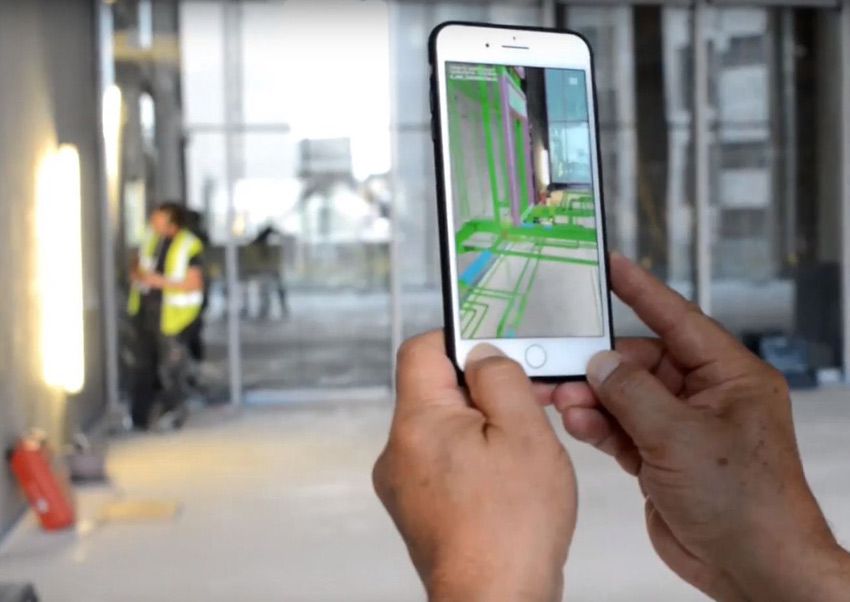Construction
Study shows the benefit of real-time 3D technologies

• A new study has found that real-time 3D visualization (RT3D), which allows users to create virtual experiences for virtual reality, augmented reality and other platforms, is on the rise in the manufacturing and AEC industries.
• The research by Forrester Consulting found that, although only 19% currently are using RT3D also known as digital twins the technology appears to be approaching a tipping point, as 55% of organizations surveyed said they plan to adopt it within two years.
• Of the companies that utilize RT3D, 94% plan to expand their usage of the technology, which allows users to create and deploy interactive, realistic digital representations of real-world assets such as manufactured products and buildings, according to the study, which was commissioned by RT3D platform Unity Technologies.
While digital twins have been used for years in manufacturing and aviation, adoption is slowly making its way to construction. These virtual models collect real-world information about a structure via sensors, drones and other wireless technology. The “twin” continuously learns from multiple sources, including advanced analytics, machine-learning algorithms and artificial intelligence (AI) to gain valuable insights about the performance, operation or profitability of a project, whether built or in progress.
RT3D representations can be used to conduct tests, gain insight or record events and experiences without impacting the built object. They can also integrate historical data from past usage to compare deviation to a baseline.
These representations look and behave like a real-world asset and can be placed within contextual environments and simulated scenarios, such as a skyscraper project shown within a city at various times of day.
While digital twin technology is expected to greatly benefit the construction industry in years to come, there are challenges to its adoption, Chitwan Saluja, digital technologies manager for Jacobs' north division, told Construction Dive. These include the need for training in a range of technology and software and the cost of the systems to create and manage RT3D.












